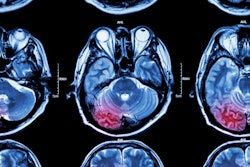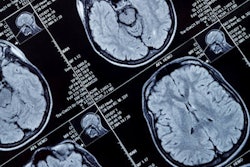Dear AuntMinnie Member,
One of the most intriguing new technologies in medical imaging is portable MRI: scanners operating at ultralow field strengths that are small enough to be moved directly to patients.
In our MRI Community, our coverage of a new research study on one of these new scanners was our top story of the week. Researchers from Yale University found that using a portable MRI scanner to evaluate stroke patients and guide their treatment offered benefits compared to conventional imaging.
In other MRI news, researchers from Canada used the modality to shed new light on the long-term effects of concussion in young athletes. And in yet another story on healthcare prices, a man in Arizona said he was "stunned" to receive a bill of nearly $15,000 for two MRI scans.
Get these stories and more in our MRI Community.
Dark-field x-ray emerges
Ever heard of dark-field x-ray? If not, don't worry -- most people haven't. But some in the know believe that dark-field x-ray could be one of the most significant advances in radiography in the past 100 years.
Dark-field x-ray technology works by picking up signals that aren't detected by conventional x-ray systems. This information can be used to create images that have unique characteristics.
German researchers used dark-field imaging to acquire lung images in a small group of human research subjects, and we've shared their work in an article in our Digital X-Ray Community.
CAD for lung nodules
Meanwhile, computer-aided detection (CAD) software based on artificial intelligence (AI) technology turned out to be highly sensitive for detecting pulmonary nodules, but it's still not good enough to replace radiologists, according to researchers from the Netherlands.
In a related study, researchers from Bangladesh evaluated five commercially available AI algorithms for detecting tuberculosis (TB) on chest x-rays. While all performed well, only two met standards for TB detection set by the World Health Organization.
Be sure to visit our Artificial Intelligence Community for more coverage like this.


.fFmgij6Hin.png?auto=compress%2Cformat&fit=crop&h=100&q=70&w=100)





.fFmgij6Hin.png?auto=compress%2Cformat&fit=crop&h=167&q=70&w=250)











